While visiting Bangor, we decided to go to the Orono Bog Boardwalk in the Bangor City Forest. This was our first time visiting this area of Bangor and we didn’t know what to expect. The Bangor City Forest is also known as Rolland F. Perry City Forest. The park consists of six hundred and eighty miles and includes four miles of access roads and more than nine miles of trails for recreation use. The park is owned by the city of Bangor and is open year-round. I hope you enjoy the views.
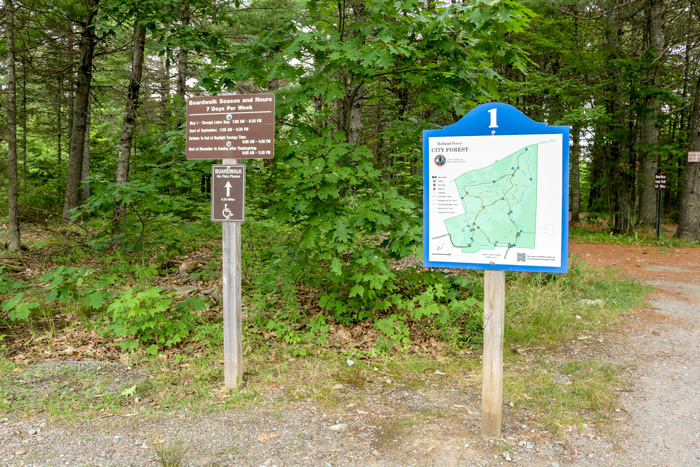
The sign located in the Tripp Drive parking lot for the park trail system map.
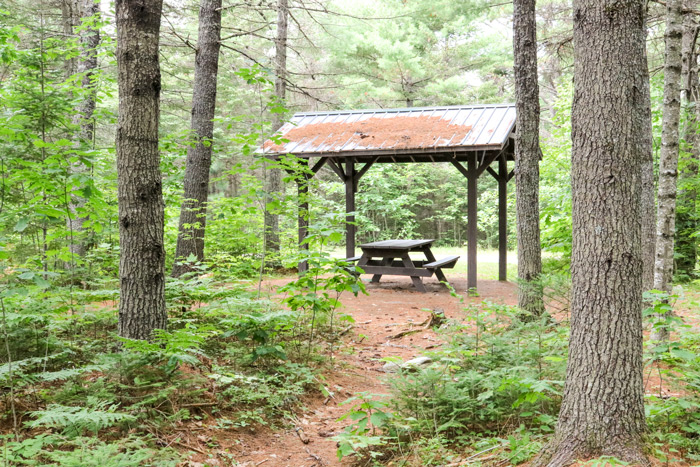
The trail begins at the Tripp Drive parking lot, next to this covered picnic table.

The East Trail leading from the Tripp Drive gate.
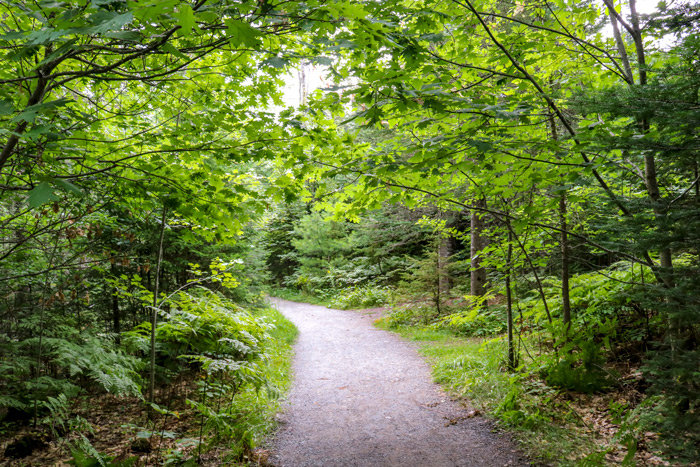
The East Trail is a relatively easy and flat trail leading to the boardwalk.
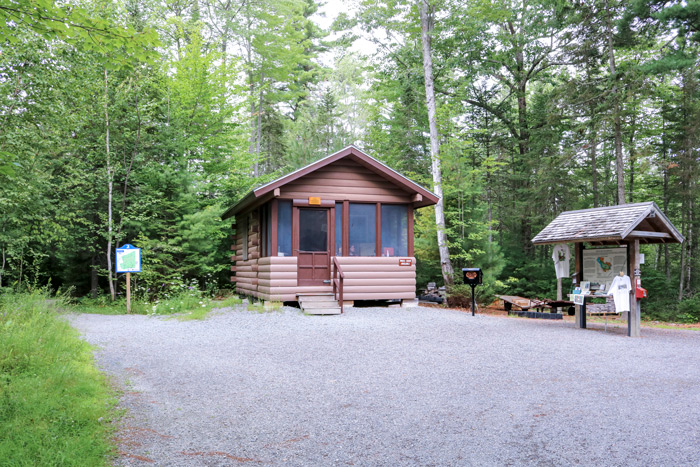
The boardwalk is about a quarter of a mile from the beginning of East Trail.
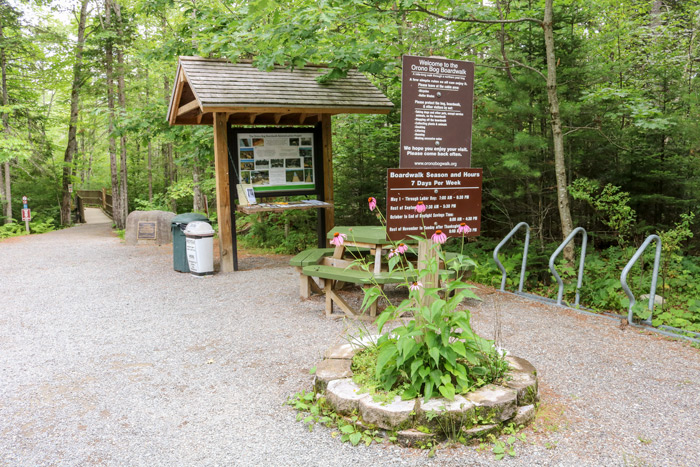
Information about the boardwalk located outside of the entrance.
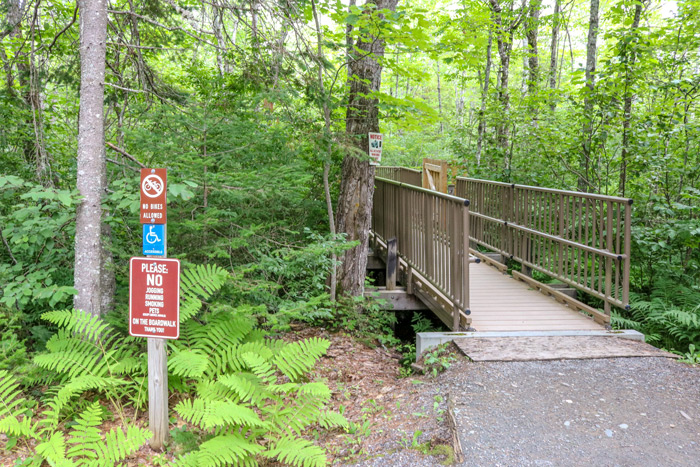
The entrance to the Bangor City Orono Bog Boardwalk.
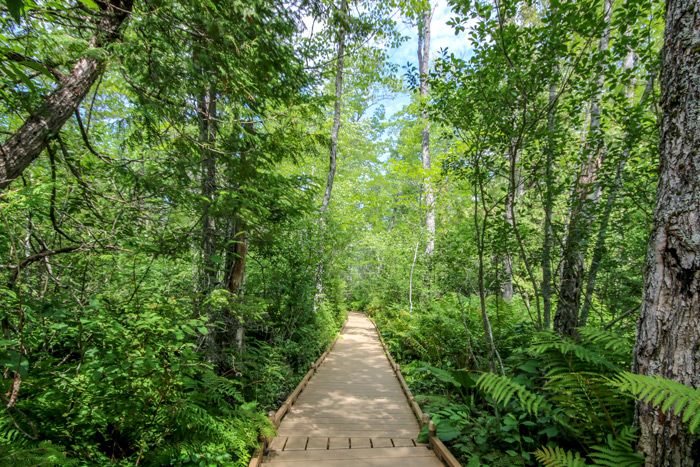
It was one of those typical hot and humid days in August during our visit. While we were enjoying the beautiful area, we were surrounded by a plethora of pesky mosquitoes. I don’t know if it was the weather or our surroundings, but the area reminded me of a great deal of Florida. While I was in college, I had taken an ecology course in Florida and many of the areas we visited, such as the Florida Keys and the Everglades, looked very similar to this. This also included many experiences with those horrible mosquitoes. If you have ever been to Florida, you know what I’m talking about!
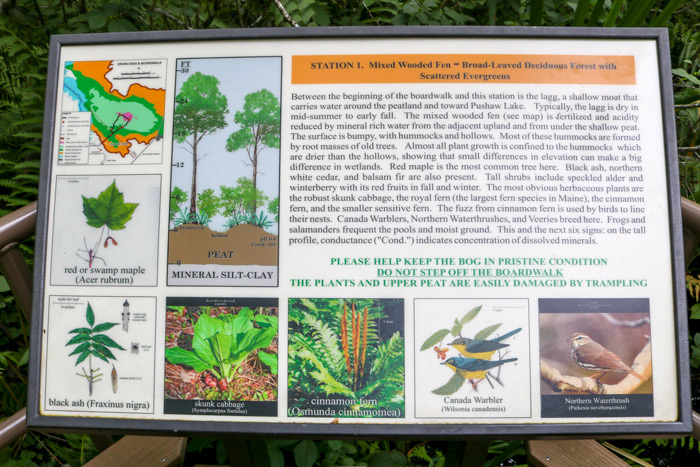
There are many stations along the boardwalk that provide information on the local ecology. Here is the first station.
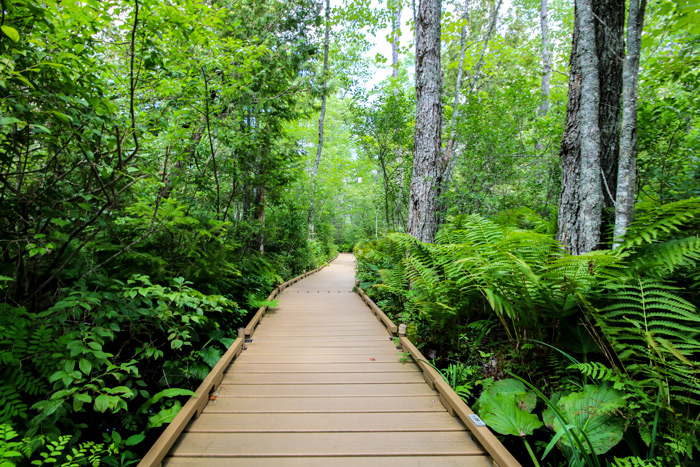
The boardwalk opened in 2003 and is a collaboration between the city of Bangor, the University of Maine, and the Orono Land Trust.
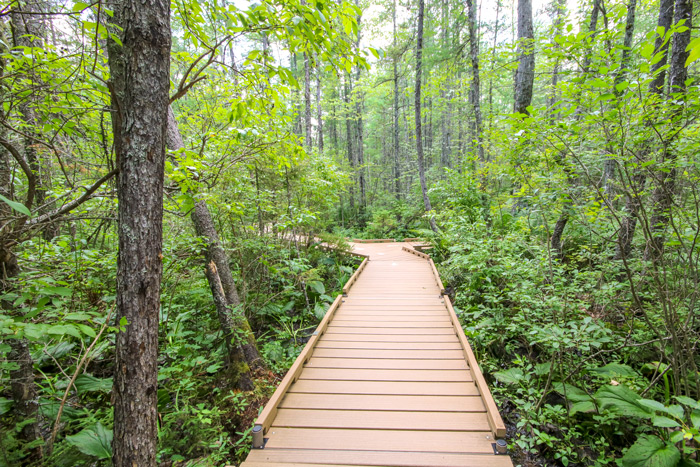
The boardwalk season is open from May 1st until Thanksgiving weekend or the first snowfall. Those of us living in Maine, know this could be early as October. The boardwalk also provides educational tours during the open season. For more information, you can visit the Bangor City Forest Report.
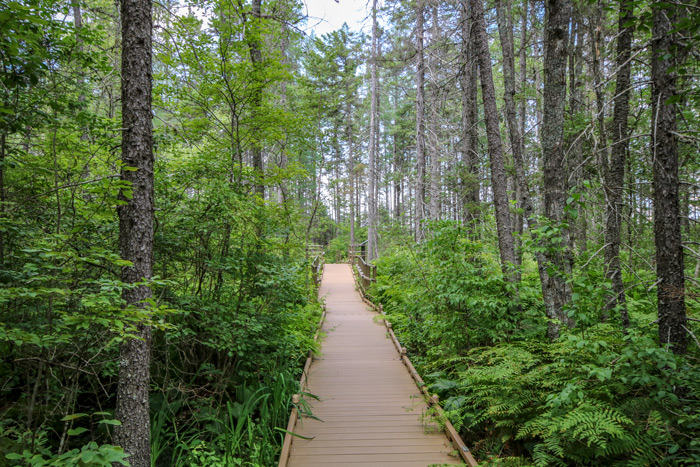
The boardwalk is 4,200 feet long and allows visitors to enjoy the area, without damaging the integrity of the bog.
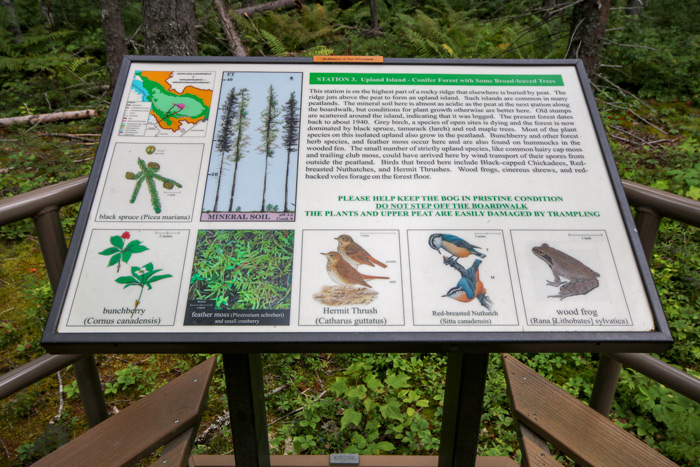
Here is another informative station along the way.

After walking under the canopy of trees, visitors are greeted by the open area of the bog. Where the bog is today, was once a lake.

A no picking sign reminding visitors to respect the bog and stay on the boardwalk. In bogs, the water below the surface of the land is highly acidic. This is one of the main reasons why the pine trees in the area survive in the area. The pine trees that thrive here are not much taller than six to eight feet. The acidic component of the water also attributes to the accumulation of peat in the bog. In some places, this can be more than two feet deep.
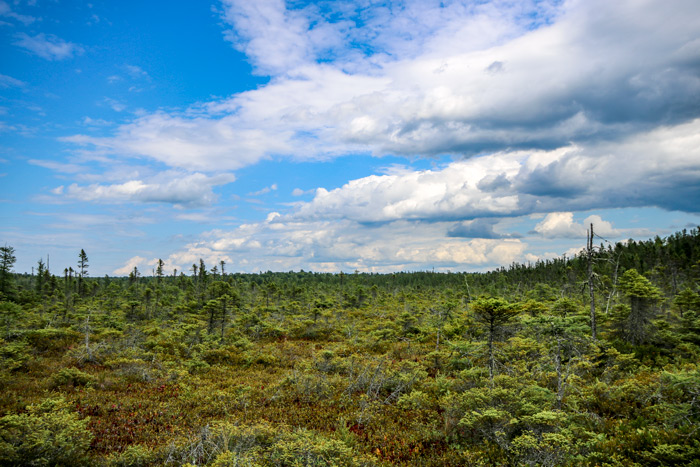
Even though the bog’s soil is of poor quality, many plants have managed to flourish in the environment.
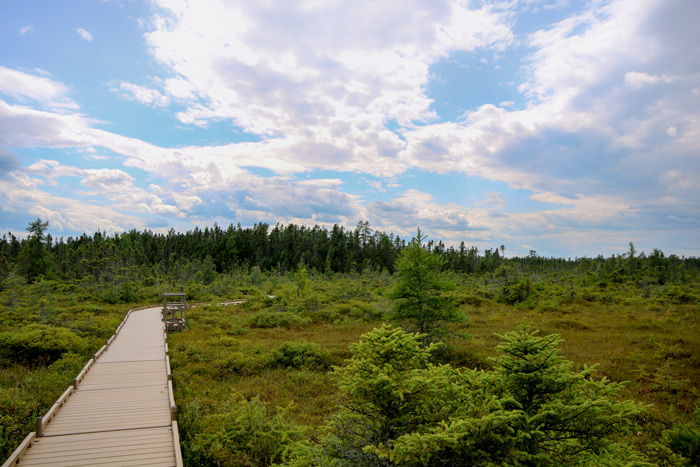
Another view of the boardwalk in the bog.
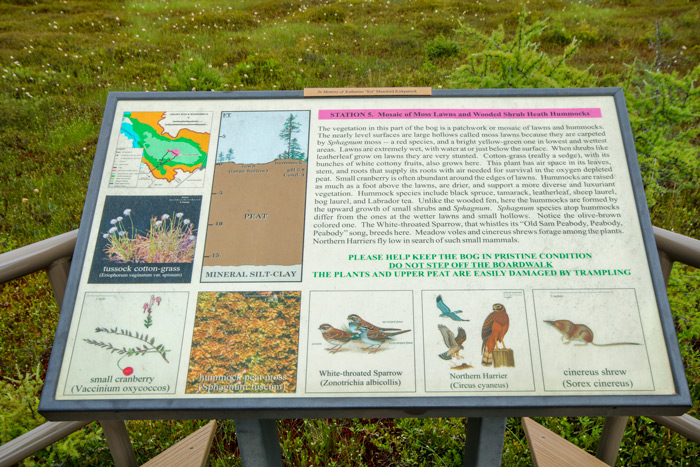
The fifth information station along the boardwalk.

A sign displaying water levels in the bog.

Maine blueberries Vaccinium growing in the bog.

The bog encompasses six hundred and sixteen acres on the Bangor and Orono town lines. The bog is home to hundreds of diverse plants and rare bird species of Maine.

A northern pitcher plant Sarracenia purpurea growing in the bog. They are also commonly known as the purple pitcher plant, turtle socks, or side-saddle flower. The common name refers to pitcher-shaped leaves. It can be found in peat bogs on the Eastern seaboard and Gulf Coast of the United States, the Great Lakes region, and areas of Canada, Washington state, and Alaska. This is an interesting plant, as it is carnivorous. Similar to other species of this plant, it obtains most of its nutrients through the capturing of prey.
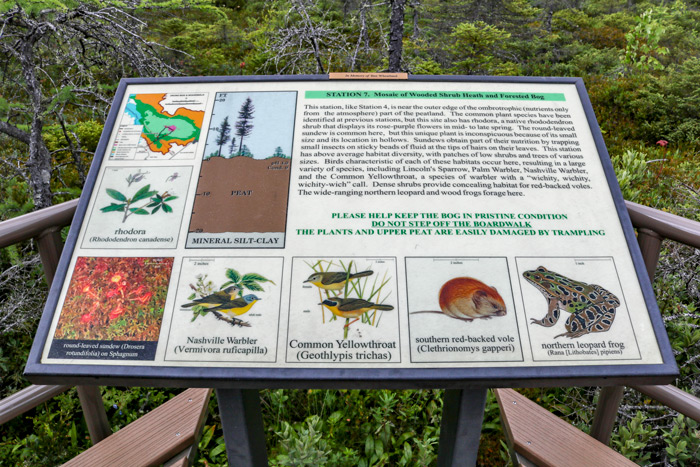
Station seven on the boardwalk.
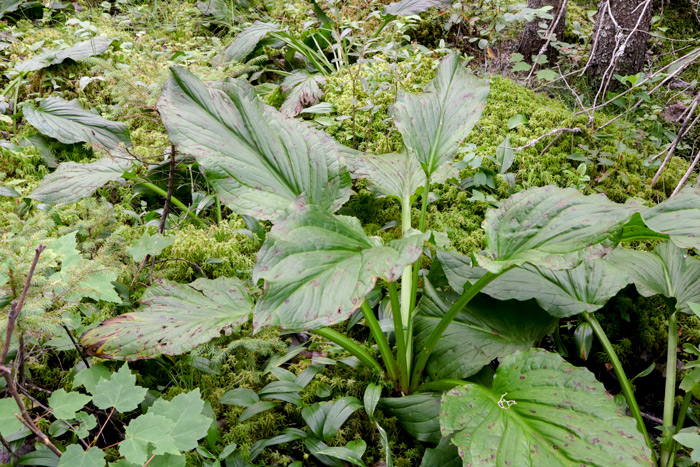
Opened skunk cabbage Symplocarpus foetidus growing along the boardwalk.
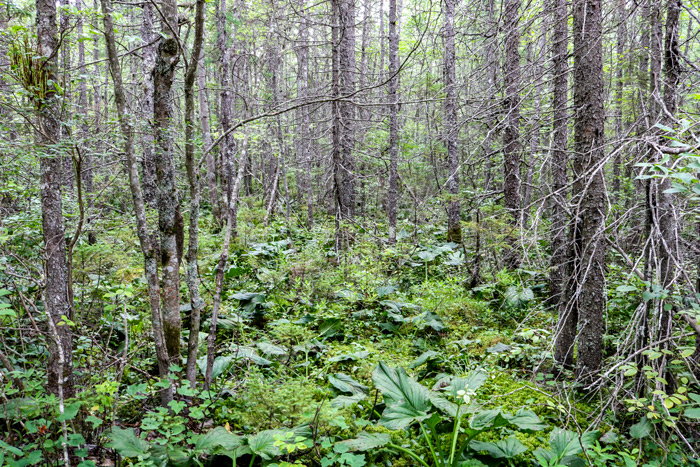
A view of trees and plants growing along the boardwalk.

Fungi growing on a tree stump.
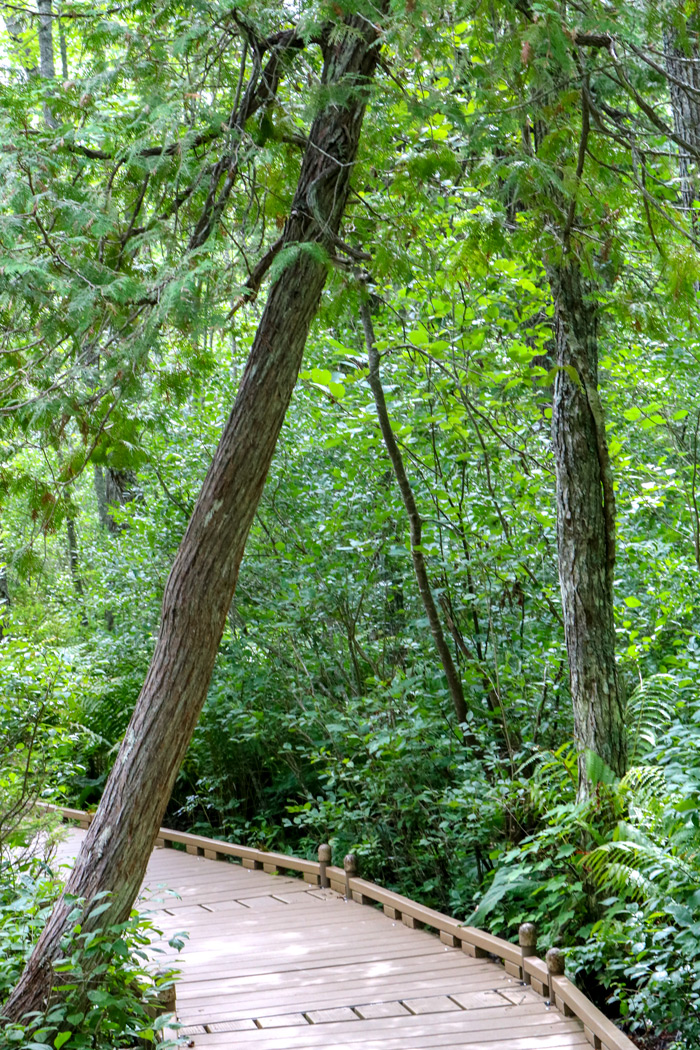
A cedar tree Cedrus libani growing over the boardwalk.
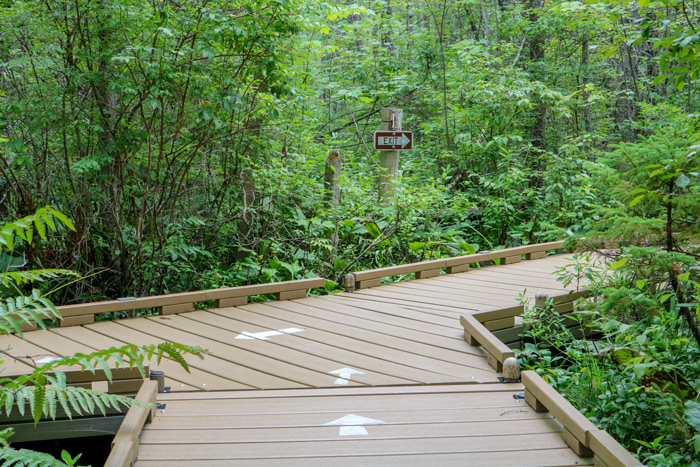
Exiting the boardwalk. The boardwalk forms a loop and you finish where you began your walk.
The boardwalk and the bog turned out to be quite a pleasant surprise and one of those hidden gems that can be found here in the great state of Maine. I hope the next time we are in Bangor, we will have the opportunity to explore some of the other diverse trails in the park. Hopefully, that visit will entail fewer mosquitoes!
Leave a Reply